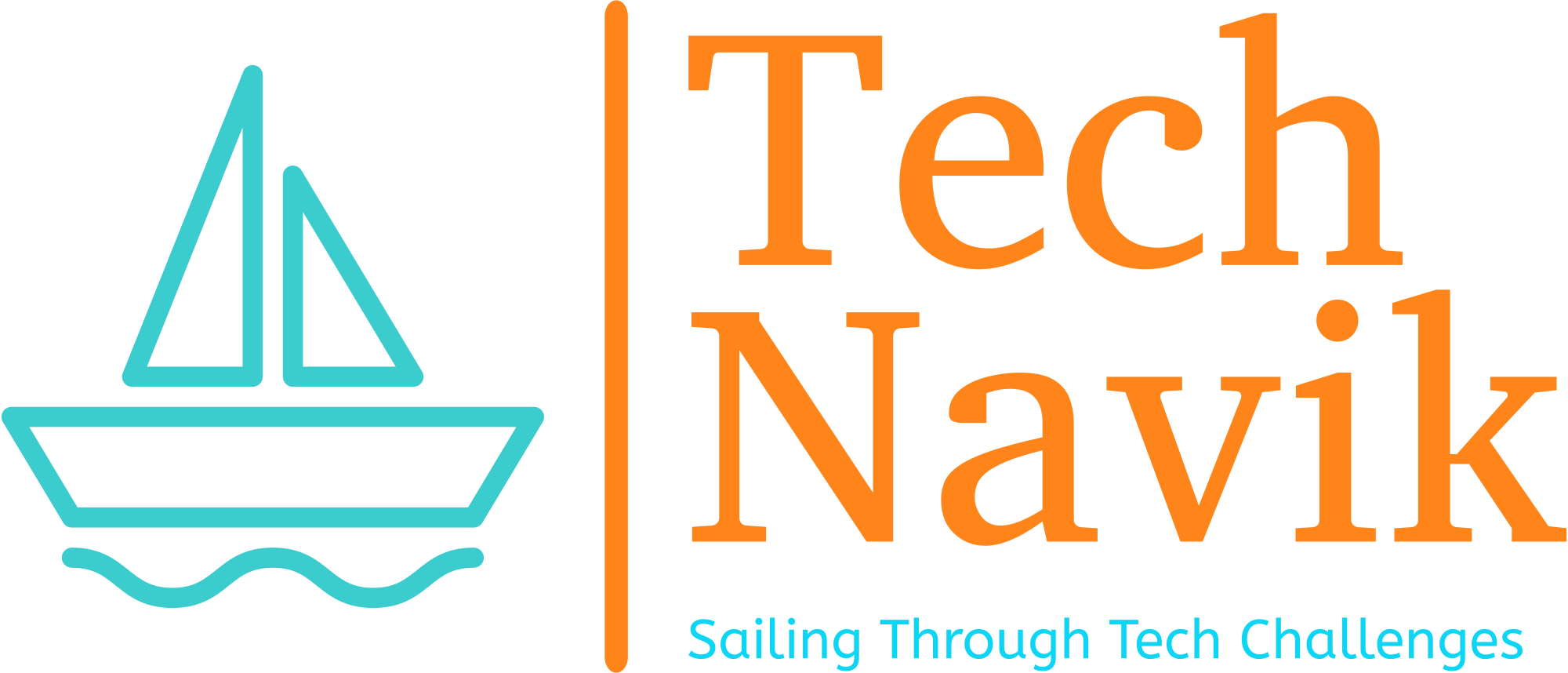In today’s digital age, where technology plays an integral role in our daily lives, cybersecurity has become a pressing concern for individuals worldwide. With the proliferation of online activities and the increasing sophistication of cyber threats, understanding the risks associated with various digital behaviors is essential for safeguarding personal information and digital assets. In this article, we will explore and analyze a range of common activities to determine which poses the greatest personal cybersecurity risk.

Understanding the Importance of Personal Cybersecurity
As our lives become increasingly intertwined with digital technologies, the importance of personal cybersecurity cannot be overstated. Cyber threats such as hacking, phishing, malware, and identity theft pose significant risks to individuals’ privacy, finances, and overall digital security. It’s crucial for individuals to be aware of these risks and take proactive measures to protect themselves against potential cyber-attacks.
Assessing the Risks: Common Activities and Their Implications
Let’s examine several common activities that individuals engage in regularly and assess their cybersecurity implications:
- Using Weak Passwords or Reusing Passwords Across Multiple Accounts: Weak passwords or reusing passwords across multiple accounts are common practices that significantly increase the risk of unauthorized access and account compromise. Cybercriminals can easily exploit weak passwords to gain access to sensitive information and compromise personal accounts.
- Clicking on Suspicious Links or Email Attachments: Clicking on suspicious links or email attachments from unknown sources can lead to malware infections, phishing scams, or the compromise of personal information. Cybercriminals often use deceptive tactics to trick individuals into clicking on malicious links or downloading harmful attachments.
- Sharing Personal Information on Unsecured Websites: Sharing personal information, such as credit card details or social security numbers, on unsecured websites exposes individuals to the risk of data breaches and identity theft. Unsecured websites may lack proper encryption protocols, making it easier for hackers to intercept and exploit sensitive information.
- Connecting to Unsecured Wi-Fi Networks: Connecting to unsecured Wi-Fi networks, particularly public hotspots, increases the risk of data interception and eavesdropping by cybercriminals. Hackers can exploit vulnerabilities in unsecured networks to intercept sensitive data transmitted over the network, such as login credentials or financial information.
Identifying the Greatest Personal Cybersecurity Risk
Among the activities listed above, using weak passwords or reusing passwords across multiple accounts emerges as the greatest personal cybersecurity risk. Weak passwords are often the weakest link in cybersecurity defenses, providing cybercriminals with an easy entry point to compromise accounts and gain unauthorized access to sensitive information. Additionally, reusing passwords across multiple accounts amplifies the risk, as a single compromised password can lead to the compromise of multiple accounts and the exposure of a wealth of personal data.
Mitigating the Risk: Best Practices for Personal Cybersecurity
To mitigate the risk posed by weak password practices, individuals should implement the following best practices for personal cybersecurity:
- Use Strong, Unique Passwords: Create strong, complex passwords for each account, using a combination of letters, numbers, and special characters.
- Enable Multi-Factor Authentication (MFA): Use MFA wherever possible to add an extra layer of security beyond passwords, such as biometric authentication or one-time passcodes.
- Use a Password Manager: Use a reputable password manager to securely store and manage passwords for all accounts, reducing the temptation to reuse passwords.
- Stay Vigilant: Stay informed about the latest cybersecurity threats and scams, and remain vigilant when interacting online.
Conclusion
In conclusion, personal cybersecurity is a critical aspect of modern digital life, and understanding the risks associated with various online activities is essential for protecting personal information and digital assets. Among the common activities analyzed, using weak passwords or reusing passwords across multiple accounts poses the greatest personal cybersecurity risk. By adopting robust cybersecurity practices and staying informed about emerging threats, individuals can better protect themselves against cyber-attacks and safeguard their digital security and privacy. Stay informed, stay vigilant, and stay secure.
